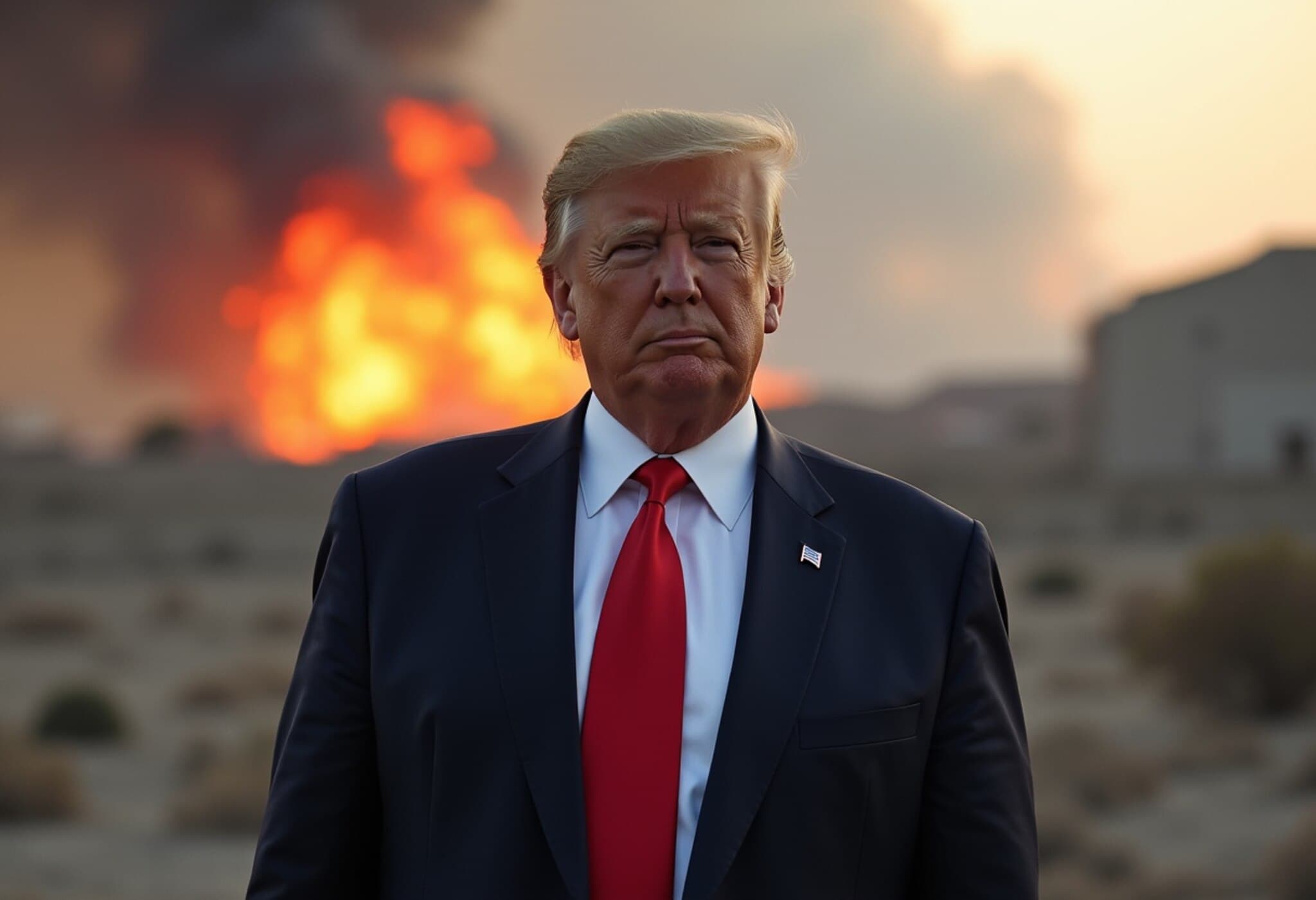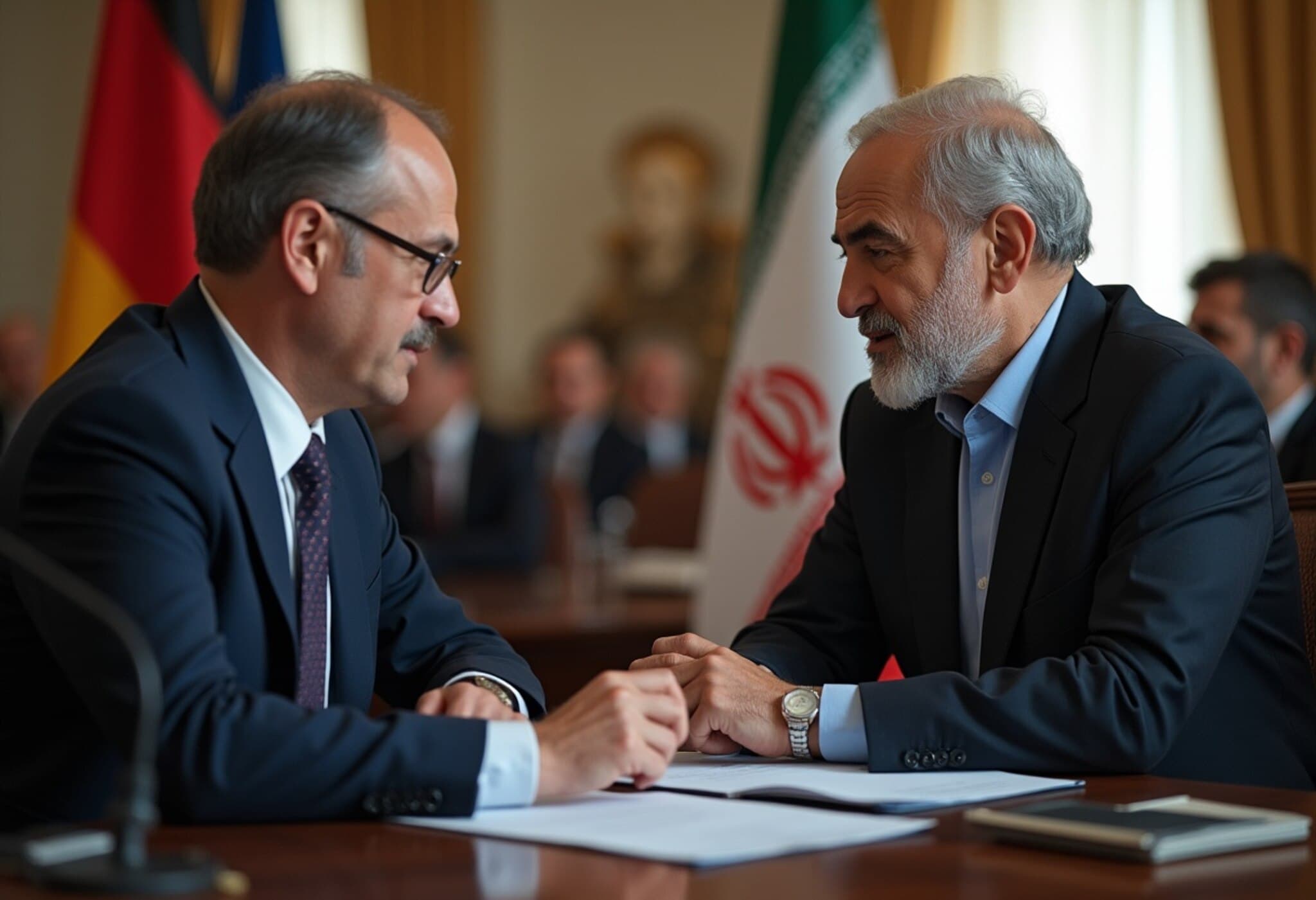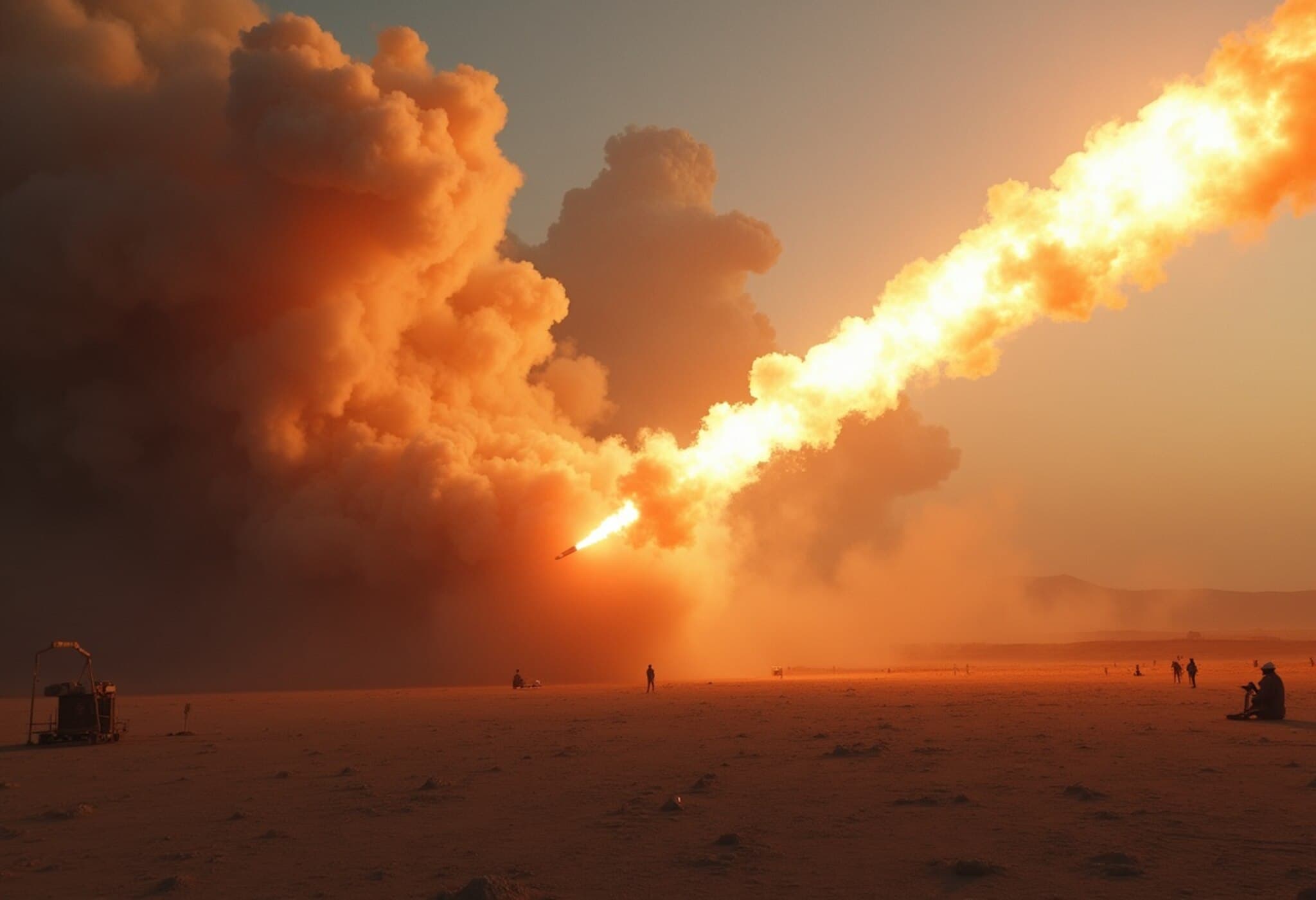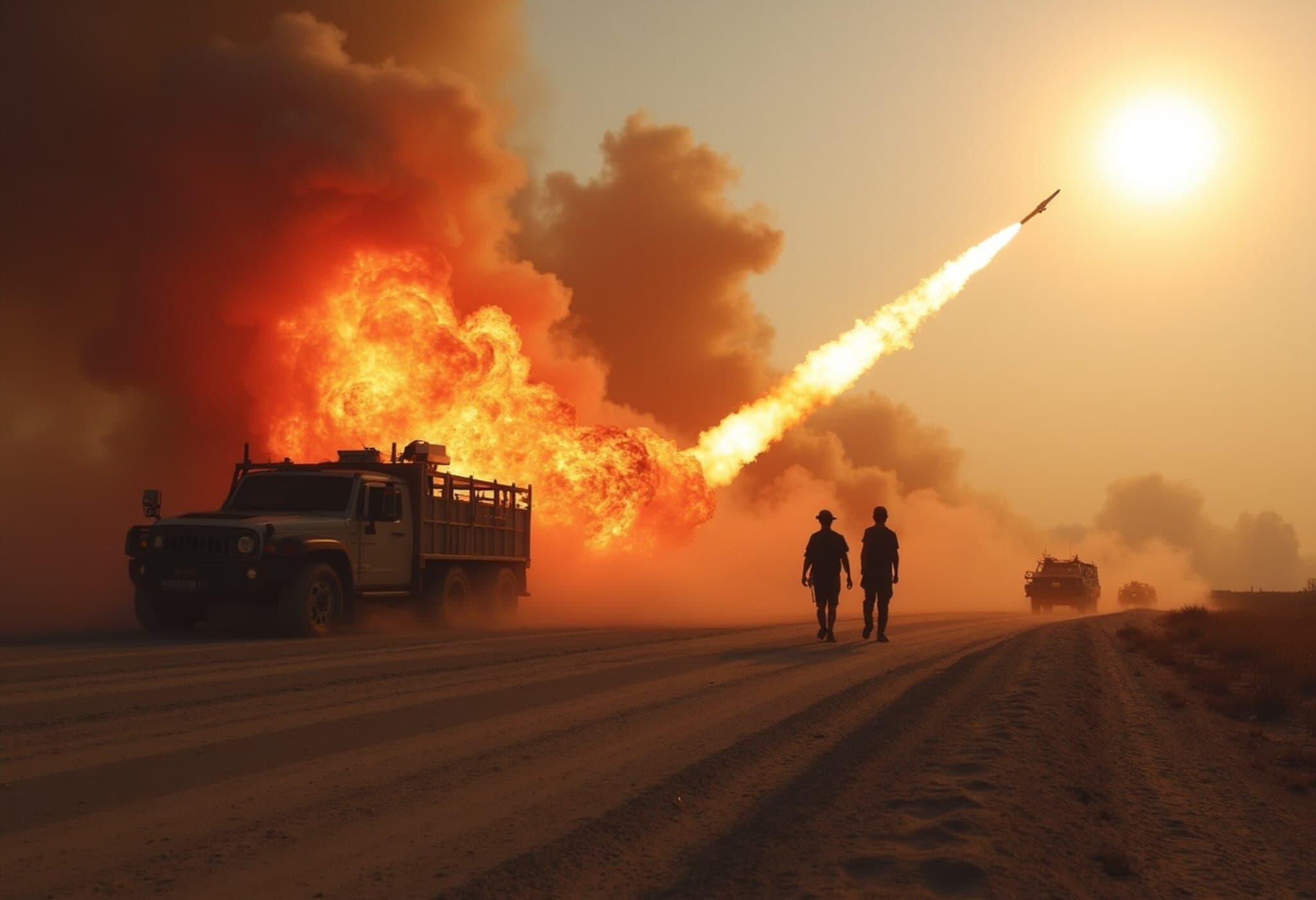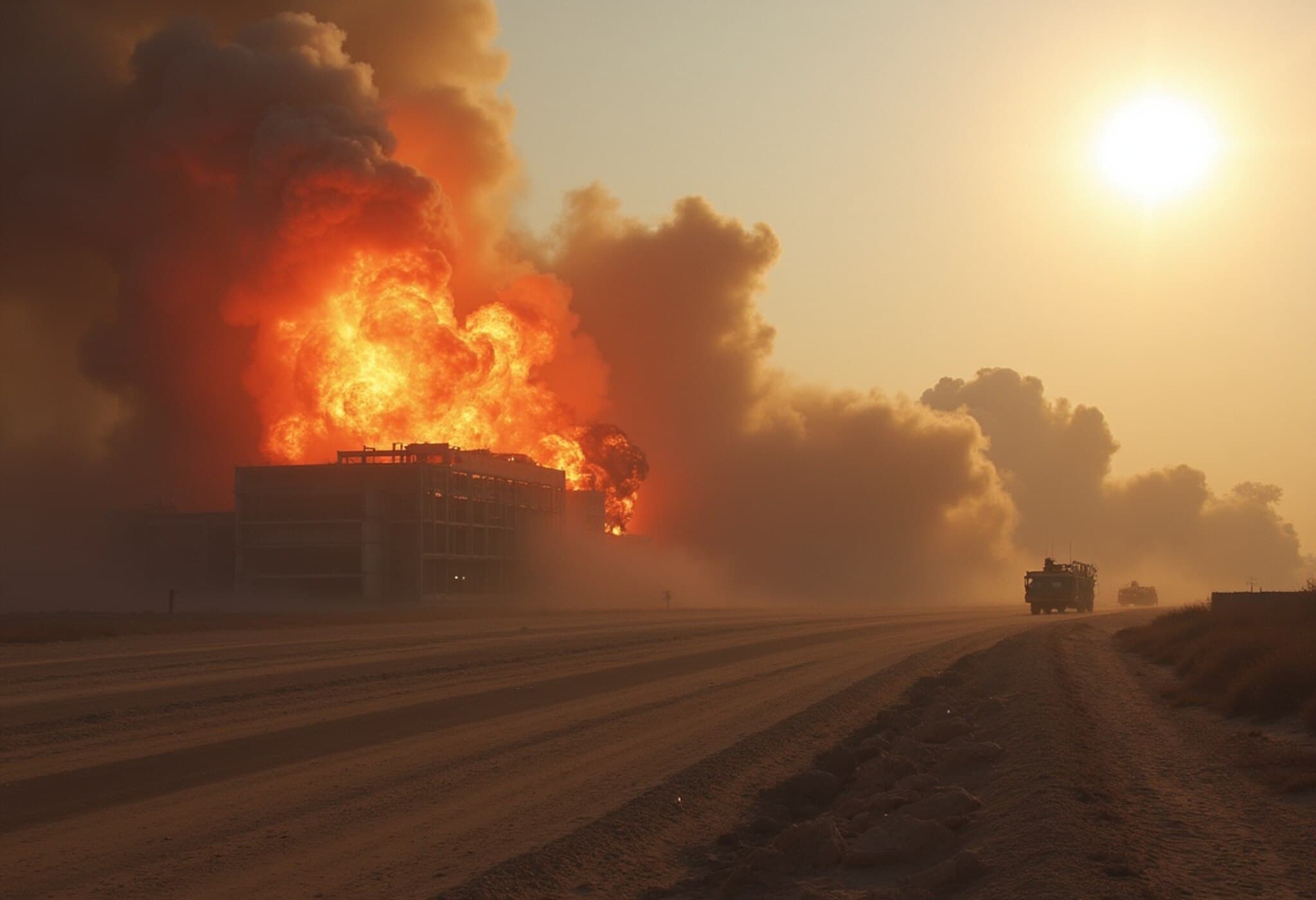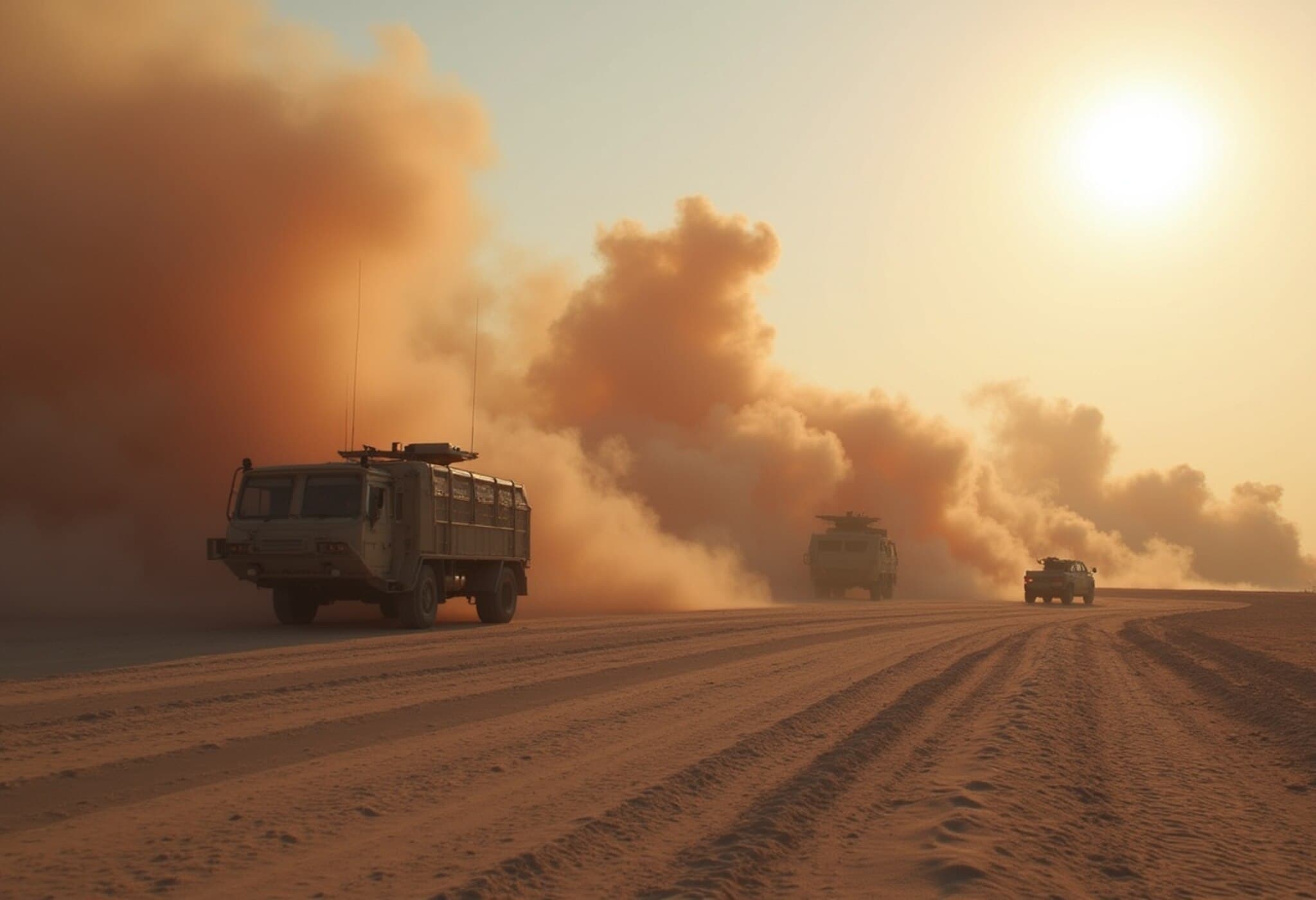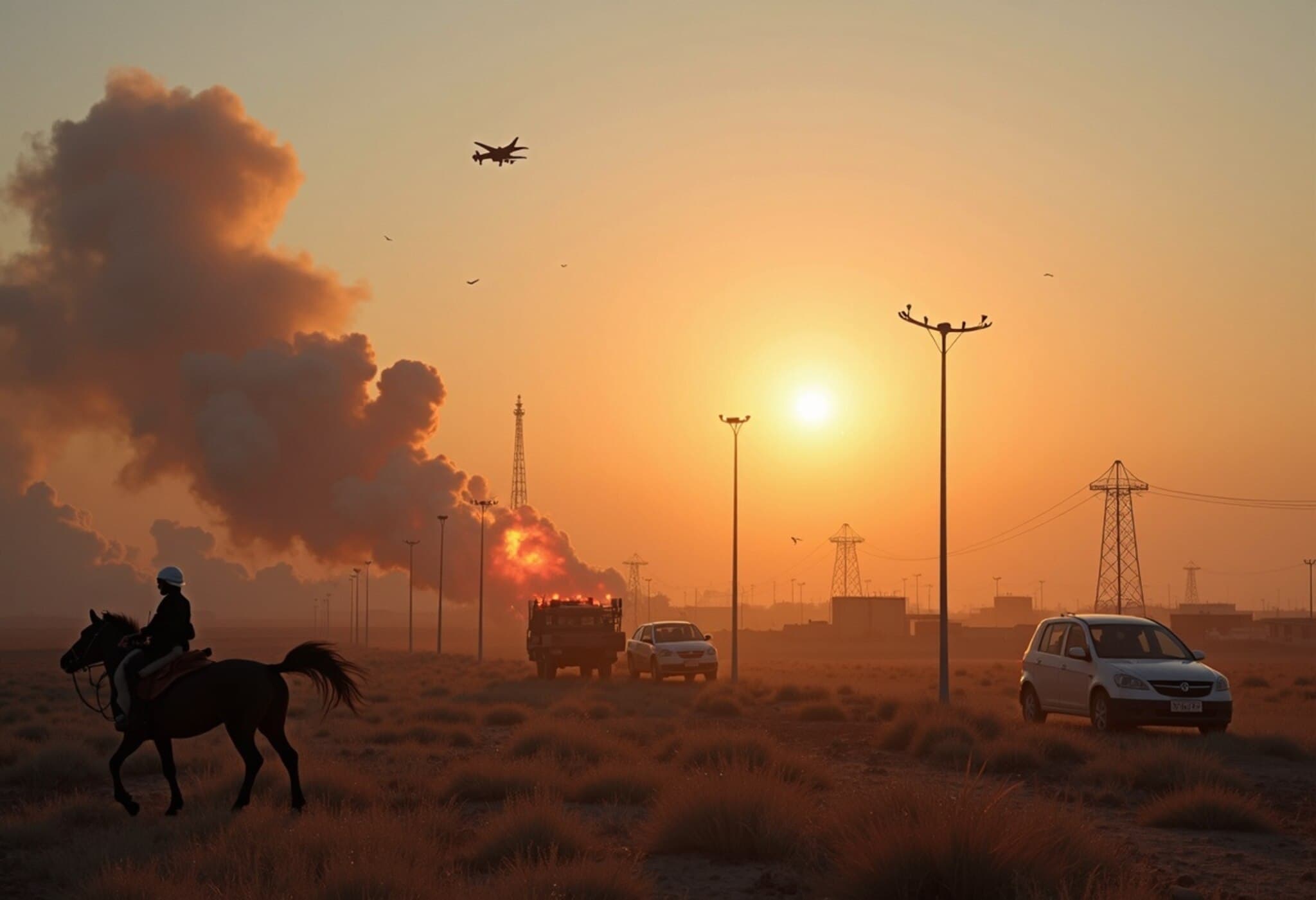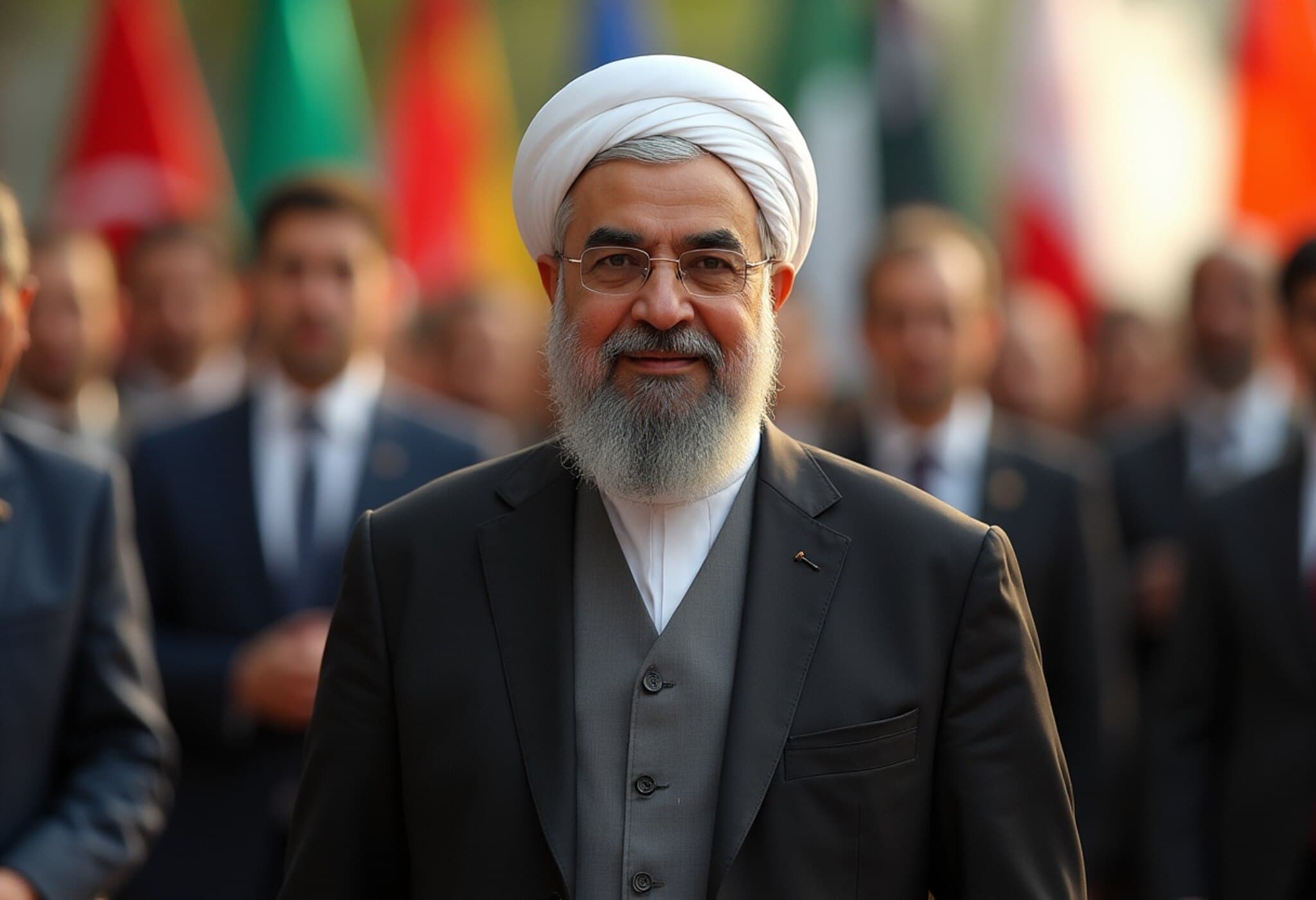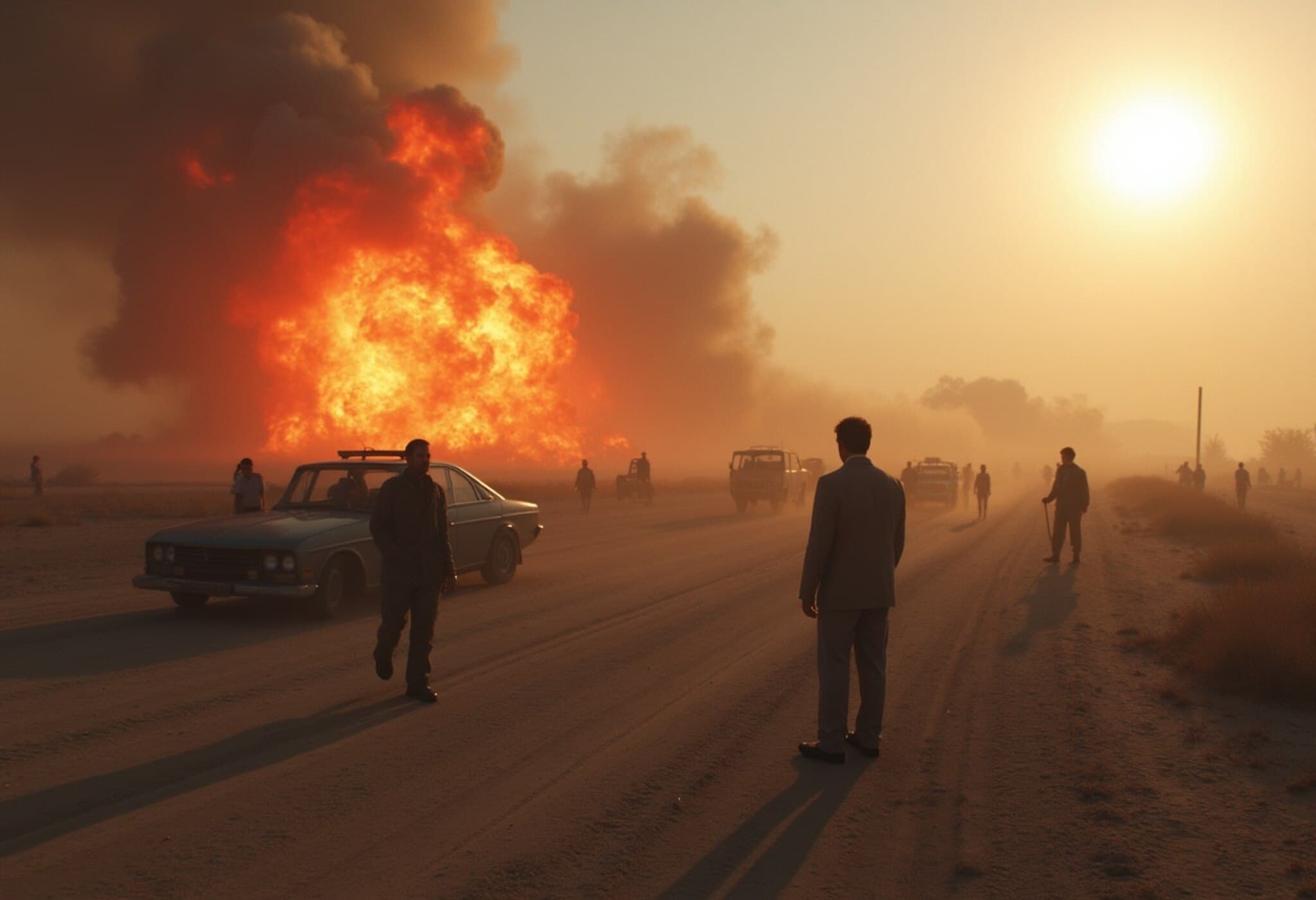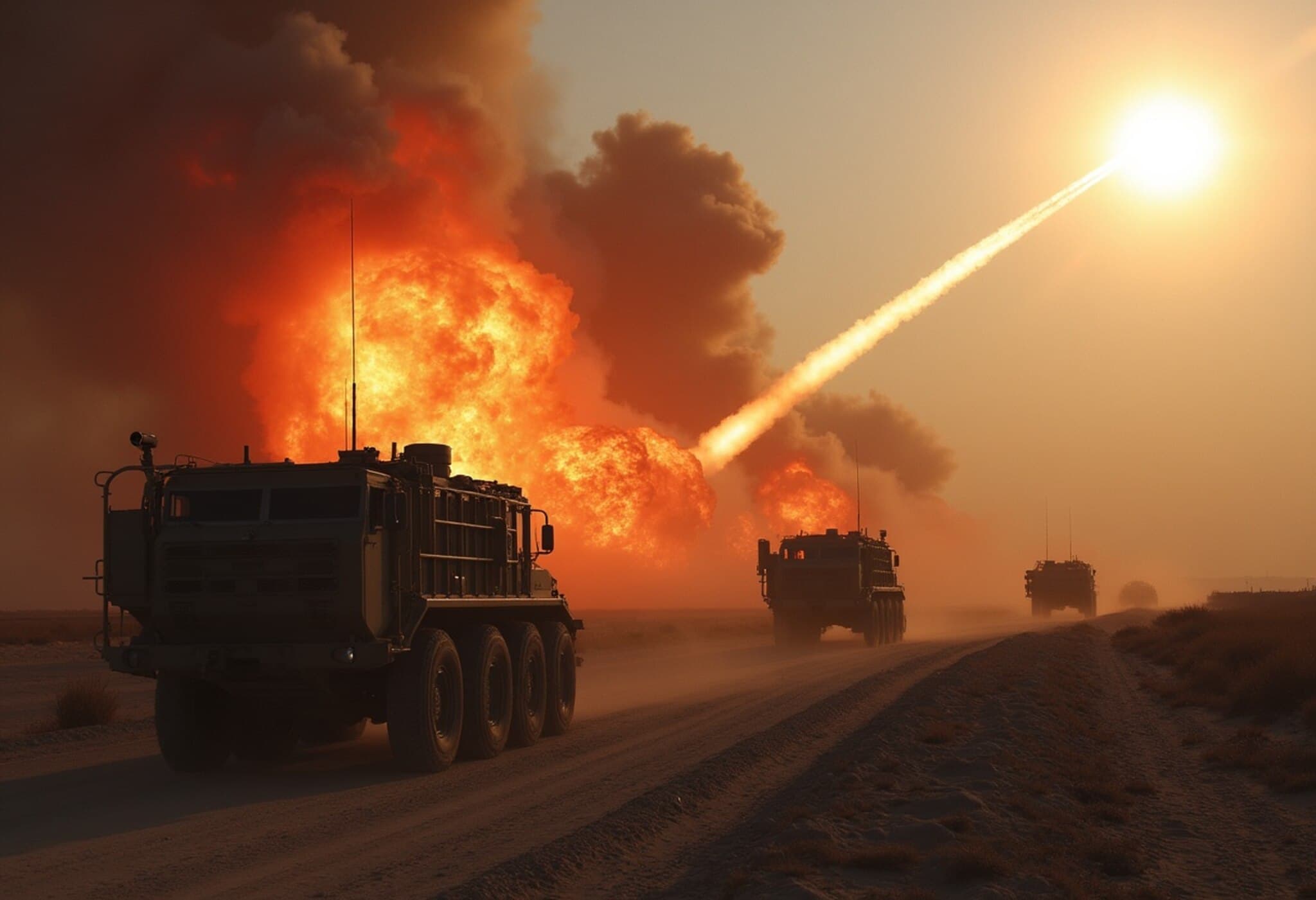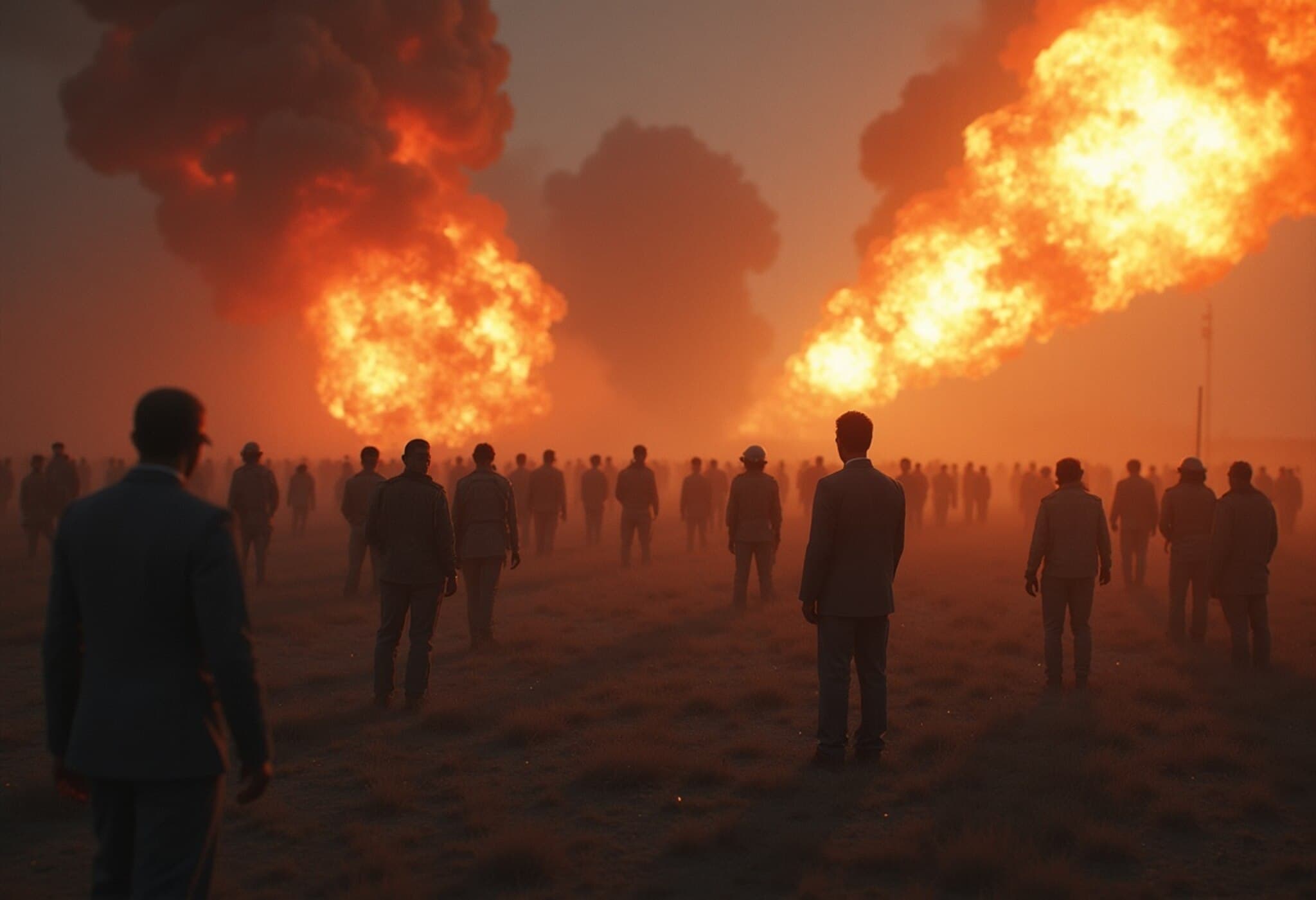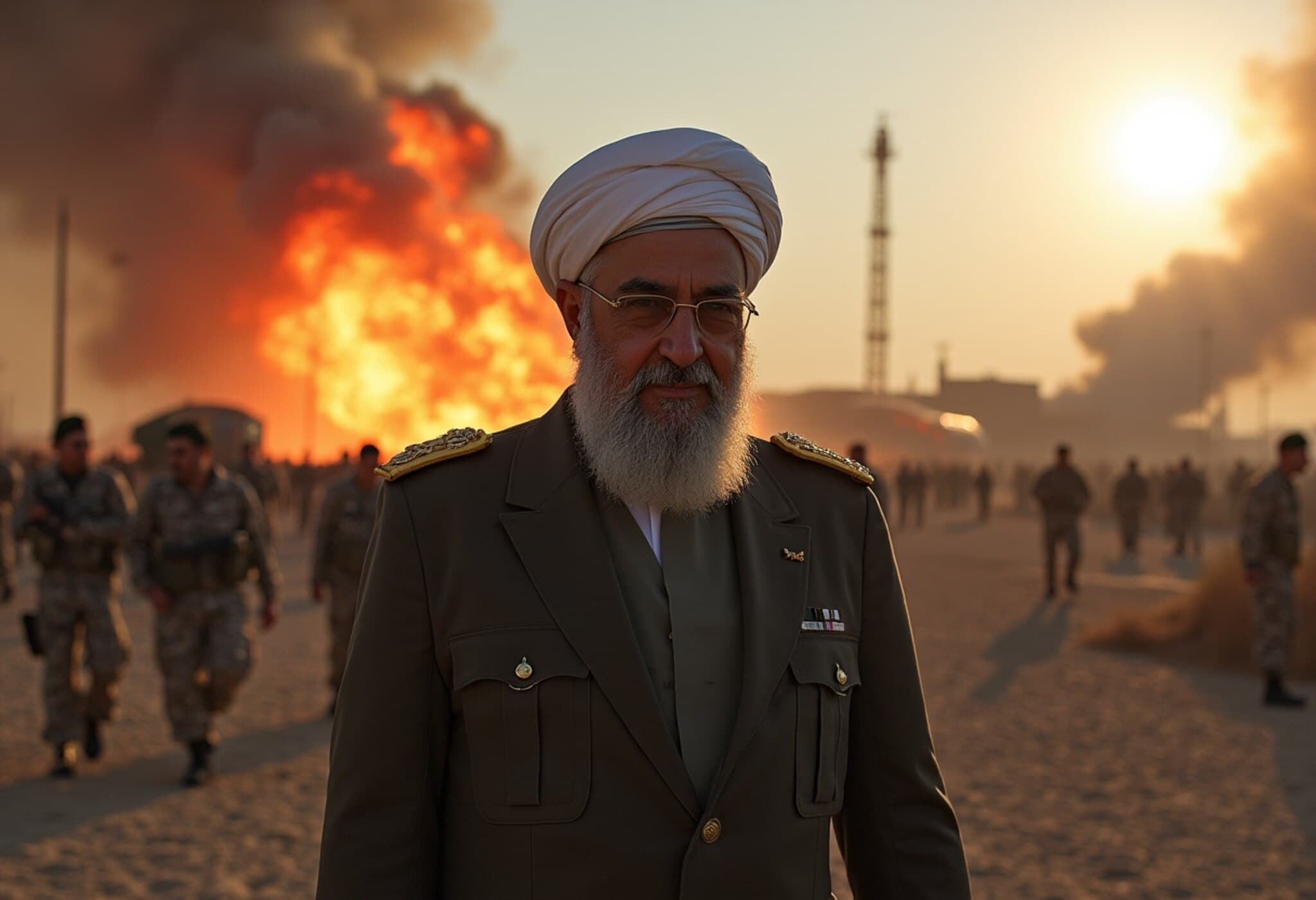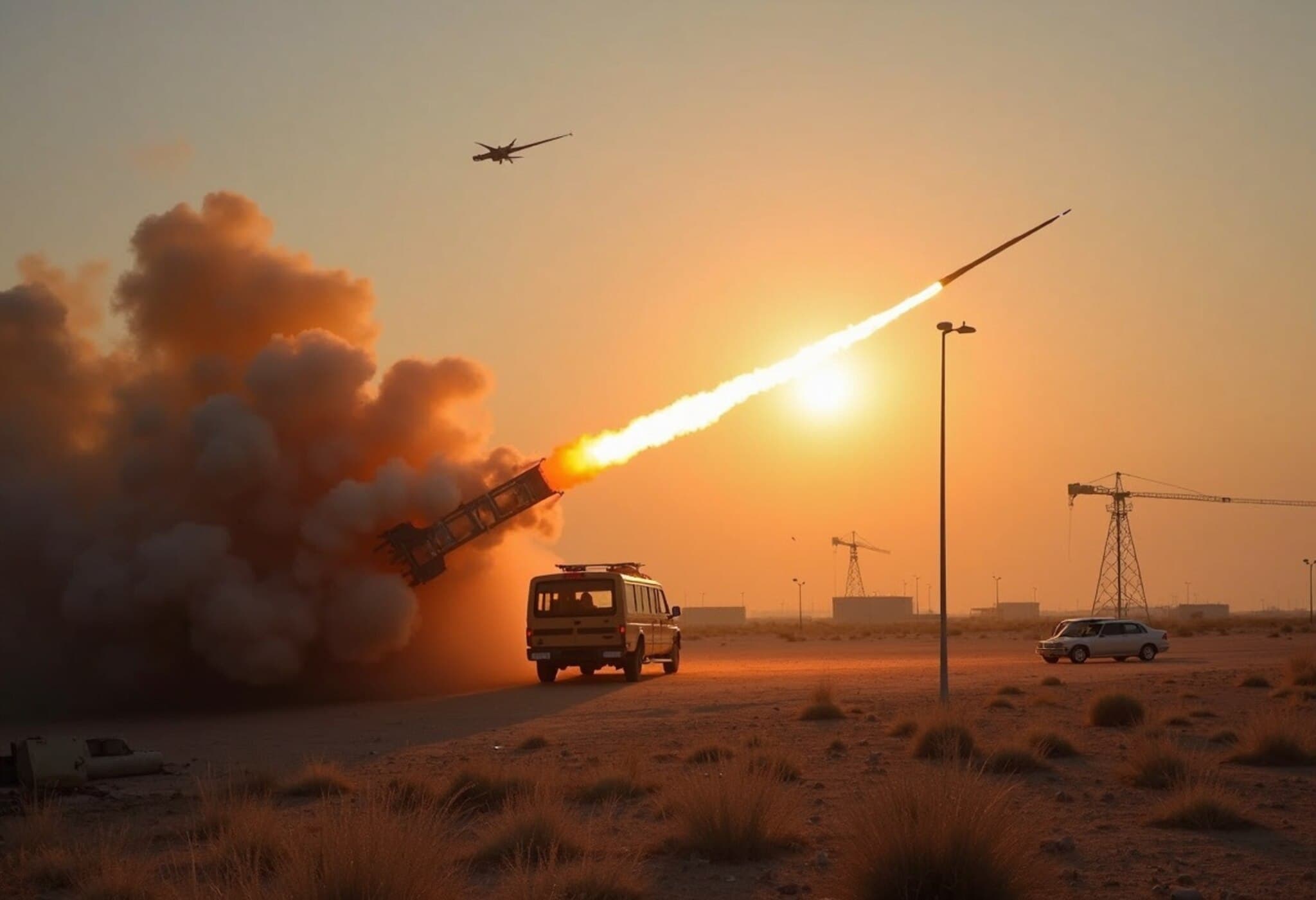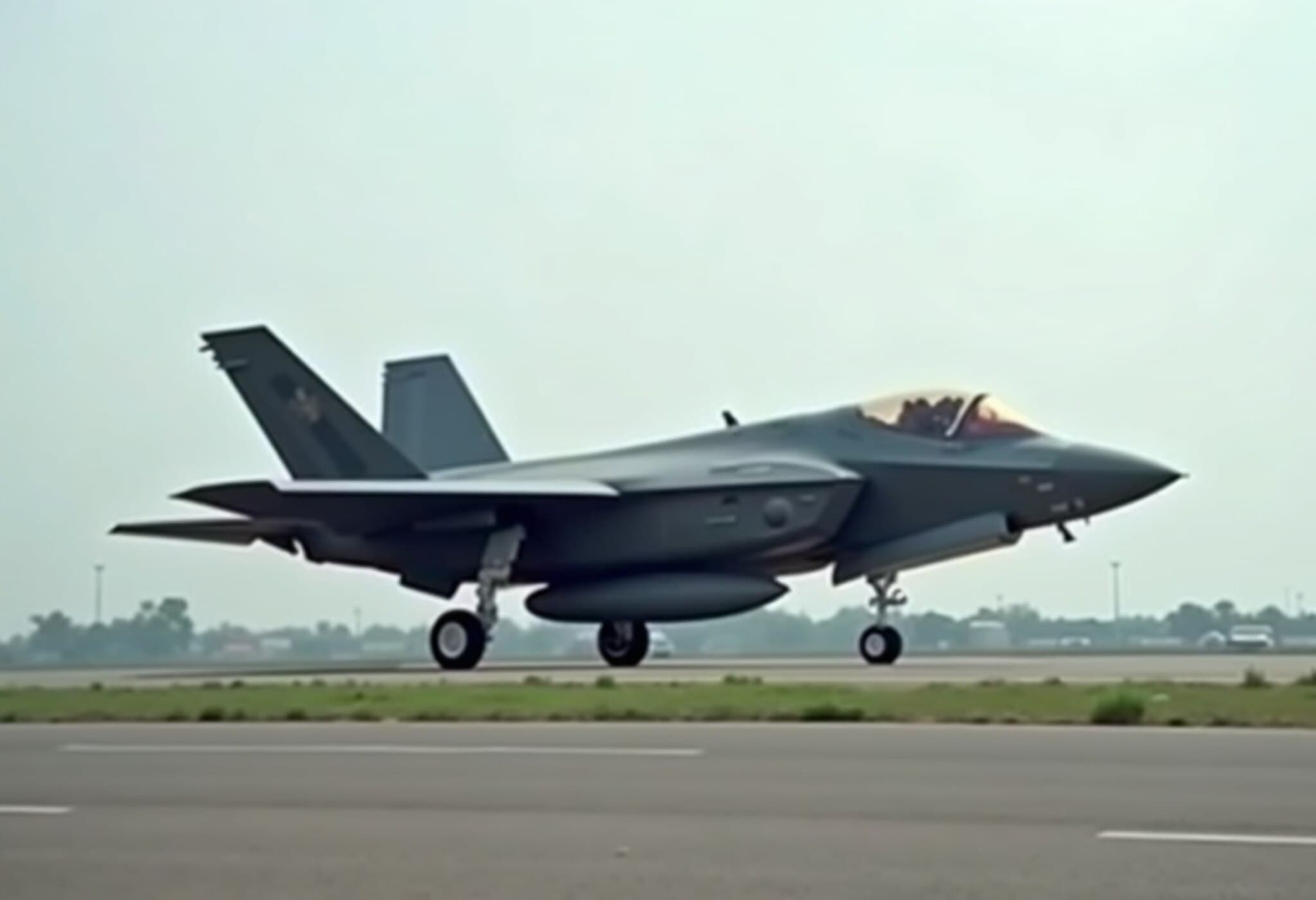Israeli Airstrikes Target Major Oil and Energy Sites in Tehran
A series of Israeli airstrikes late Saturday and extending into early Sunday struck several critical energy facilities in and around Tehran, Iran. The attacks specifically hit the Shahran fuel and gasoline depot in the city's north and the Shahr Rey oil refinery in the south, sparking large fires and widespread panic across the capital.
Fires and Explosions Shake the Tehran Skyline
The Shahran depot, hosting at least 11 storage tanks and responsible for distributing up to 8 million litres of gasoline daily, has long been recognized as a high-risk site due to its proximity to residential areas. Local residents described the situation as terrifying as explosions from the gasoline storage tanks sent terrifying blasts echoing through the neighborhood.
Mostafa Shams, a Shahran resident, shared, "The fire is massive and terrifying. Explosions keep happening one after another; it’s loud and scary." Officials warn that the depot holds enough fuel to supply Tehran for up to three days, meaning the damage could have lasting energy implications if unrepaired quickly.
Emergency Response at Shahr Rey Refinery
In southern Tehran, emergency services rushed to control a large blaze at the Shahr Rey refinery, one of Iran’s largest oil refineries. Witnesses reported seeing flames soaring visibly from several miles away, painting a dramatic image of the attacks’ intensity.
Expanded Targets Reflect a Strategic Escalation
Beyond the energy sector, Israeli military sources indicated that warplanes also struck several facilities linked to Iran’s nuclear program, including experimental research laboratories dispersed in Tehran. Earlier on Saturday, additional strikes targeted other energy assets, notably a segment of the South Pars gas field, which ranks among the world’s largest gas fields and forms a cornerstone of Iran's energy production.
This broadening scope of targets signals a sharp escalation in Israeli military actions against Tehran, focusing increasingly on vital civilian infrastructure rather than solely on military or nuclear installations. Energy analysts observe this as moving into a "second phase" of conflict marked by heightened danger and destruction.
Concerns Over Depot Location and Regional Stability
Experts familiar with Iran’s energy infrastructure noted long-standing worries regarding the Shahran depot’s location inside a densely populated urban area. Hamid Hosseini, from Iran’s Chamber of Commerce energy committee, emphasized the catastrophic potential of accidents or attacks in such sites, highlighting ongoing debates about relocating the depot to lessen risks.
Implications for Tehran and Beyond
The strikes have already caused significant disturbances for Tehran’s residents and energy supply. Observers caution that the destruction of these crucial facilities could disrupt fuel availability and impact Iran's wider economy and energy security.
As the situation develops, it underscores the complex intersection of military strategy, civilian vulnerability, and regional geopolitical tensions shaping the current conflict landscape.



